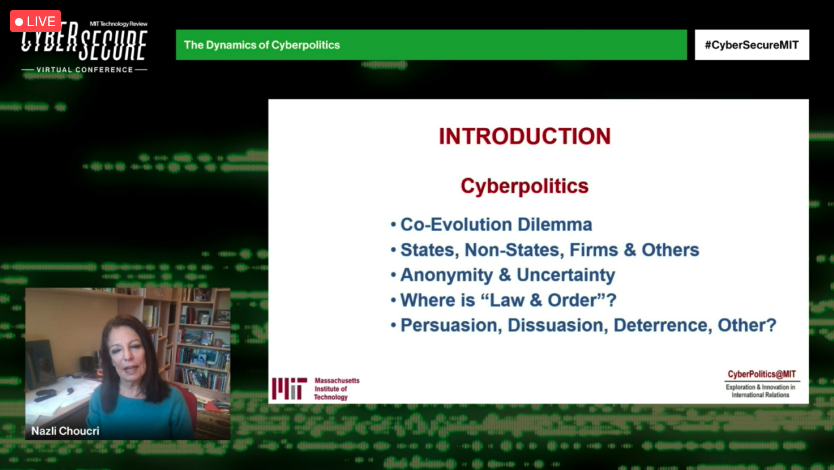
For the last session of #CyberSecureMIT, we’re speaking with @JamilFarshchi, Equifax’s CISO who was brought on after its data was breached in 2017. The Equifax hack was one of the biggest thefts of sensitive personal information of all time. technologyreview.com/2020/02/10/349…
“In the security industry today, we don’t have enough data to measure risk," says Farshchi. Most organizations have a dataset of one, which is their company. #CyberSecureMIT
To build a cyber-resilient organization, he says he asks:
-What are the predominant threat factors for any organization?
-What are the core controls that help you to be able to defend and minimize a particular threat?
#CyberSecureMIT #TechReviewEvents
-What are the predominant threat factors for any organization?
-What are the core controls that help you to be able to defend and minimize a particular threat?
#CyberSecureMIT #TechReviewEvents
A key pillar to building a cyber-resilient organization is company culture. How is cybersecurity ingrained in your culture, from your security team, to human resources, to your leadership? #CyberSecureMIT #TechReviewEvents 

A second pillar is core controls, or cybersecurity fundamentals. #CyberSecureMIT #TechReviewEvents
A third is partnerships. They shared what they learned broadly, and partnered with the FBI to track the breach. #CyberSecureMIT #TechReviewEvents technologyreview.com/2020/02/10/349…
Will there be more mega-breaches? Yes, says @JamilFarshchi.
"If you look at some of the fundamental shifts in the landscape—the digitization of data, the reliance on tech—organizations are far more attractive today than they were even 10 years ago," he says. #CyberSecureMIT
"If you look at some of the fundamental shifts in the landscape—the digitization of data, the reliance on tech—organizations are far more attractive today than they were even 10 years ago," he says. #CyberSecureMIT
He doubles down on organizations changing their culture to defend against cyber-risks.
On defense, organizations need to be successful 100% of the time. Hackers need to be successful just once. #CyberSecureMIT #TechReviewEvents
On defense, organizations need to be successful 100% of the time. Hackers need to be successful just once. #CyberSecureMIT #TechReviewEvents
Farshchi also thinks there needs to be more public-private partnership and assistance from the government against cyber-threats.
"We've got to work together to be able to get that done," he says. #CyberSecureMIT #TechReviewEvents
"We've got to work together to be able to get that done," he says. #CyberSecureMIT #TechReviewEvents
• • •
Missing some Tweet in this thread? You can try to
force a refresh







